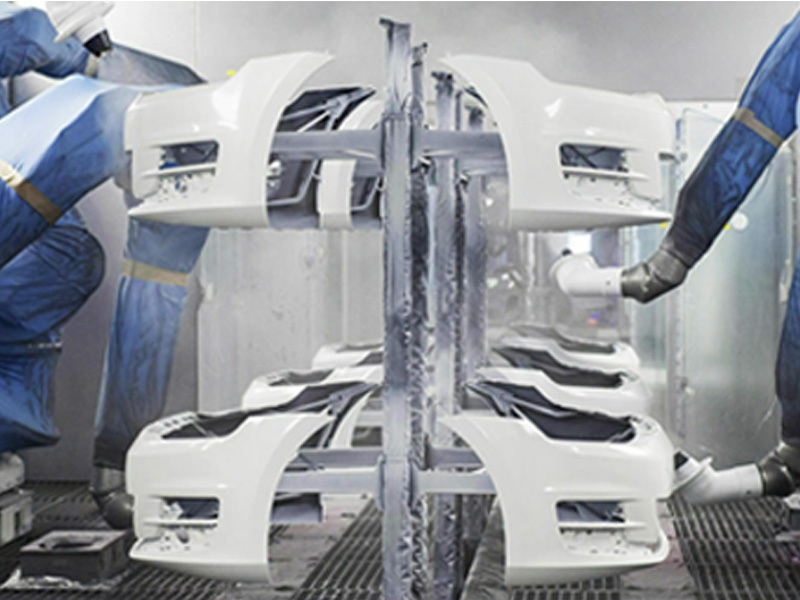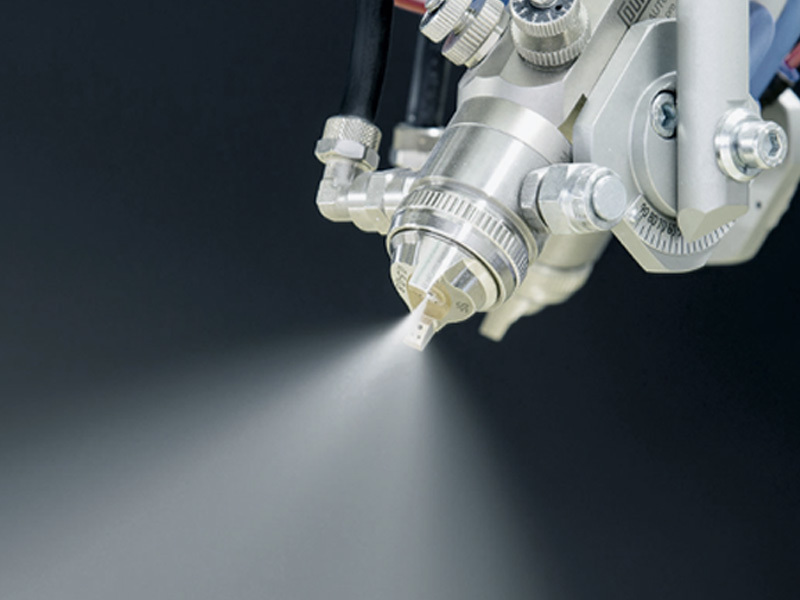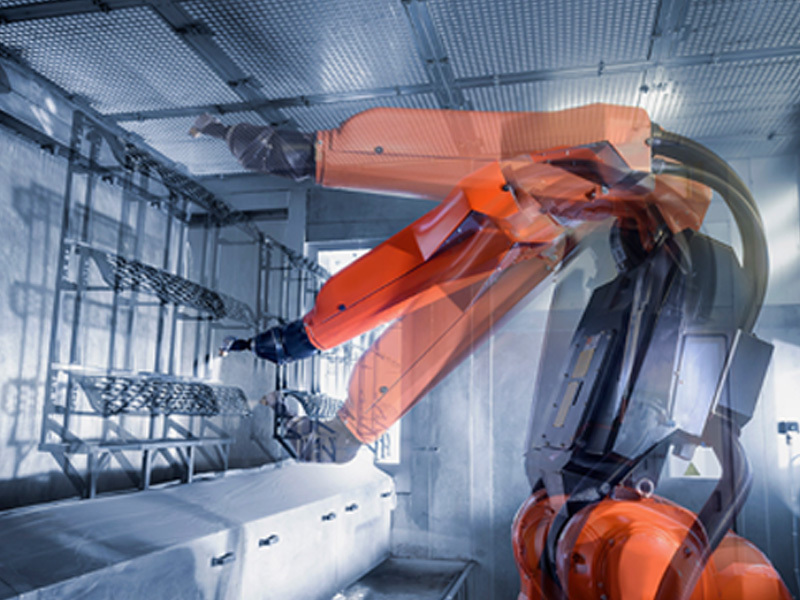Revolutionizing Industrial Coatings: The Future of Automated Paint Application
Release time:
2025-06-17
In the realm of industrial equipment and components, automated paint application is at the forefront of innovation. This advanced technology utilizes robotic systems and automated machinery to streamline the painting process, ensuring a higher level of precision and consistency compared to traditional methods. As manufacturing industries continue to evolve, embracing automation in paint applicatio

In the realm of industrial equipment and components, automated paint application is at the forefront of innovation. This advanced technology utilizes robotic systems and automated machinery to streamline the painting process, ensuring a higher level of precision and consistency compared to traditional methods. As manufacturing industries continue to evolve, embracing automation in paint application can lead to significant improvements in productivity and quality.
Automated paint application systems are designed to deliver uniform coatings while minimizing waste. These systems use advanced algorithms and sensors to adjust spray patterns and flow rates dynamically, achieving optimal coverage on various surfaces. This not only enhances the aesthetic appeal of products but also increases durability by ensuring that protective coatings are applied evenly. Companies can benefit from reduced rework and lower material costs due to minimized overspray and better control over paint usage.
Moreover, the integration of automation in the paint application process significantly reduces labor costs. By utilizing robotic arms and automated machines, industries can operate at a faster pace while maintaining a consistent quality level. This shift allows human workers to focus on more complex tasks that require critical thinking and creativity, thereby enhancing overall operational efficiency.
Another advantage of automated paint application is its contribution to sustainability. Traditional painting methods often involve the use of volatile organic compounds (VOCs) that can harm the environment and worker health. Automated systems can be programmed to use low-VOC or eco-friendly paint options, aligning with the growing demand for sustainable manufacturing practices. Furthermore, the precision of automated applications reduces the likelihood of waste, promoting a greener approach to production.
The implementation of automated paint application technology also enhances safety in the workplace. By minimizing human exposure to hazardous materials and reducing the risks associated with manual painting, companies can create a safer environment for their employees. Robotic systems can operate in conditions that may be unsafe for human workers, further mitigating risks.
In conclusion, automated paint application represents a significant advancement in the industrial coating process. By leveraging technology, manufacturers can achieve improved efficiency, quality, and safety while also promoting sustainable practices. As industries continue to adopt these innovations, the future of paint application looks promising, offering a competitive edge in the ever-evolving market landscape. Embracing automated solutions is not just a trend; it’s a strategic move towards a more efficient and responsible manufacturing process.
Automated paint application systems are designed to deliver uniform coatings while minimizing waste. These systems use advanced algorithms and sensors to adjust spray patterns and flow rates dynamically, achieving optimal coverage on various surfaces. This not only enhances the aesthetic appeal of products but also increases durability by ensuring that protective coatings are applied evenly. Companies can benefit from reduced rework and lower material costs due to minimized overspray and better control over paint usage.
Moreover, the integration of automation in the paint application process significantly reduces labor costs. By utilizing robotic arms and automated machines, industries can operate at a faster pace while maintaining a consistent quality level. This shift allows human workers to focus on more complex tasks that require critical thinking and creativity, thereby enhancing overall operational efficiency.
Another advantage of automated paint application is its contribution to sustainability. Traditional painting methods often involve the use of volatile organic compounds (VOCs) that can harm the environment and worker health. Automated systems can be programmed to use low-VOC or eco-friendly paint options, aligning with the growing demand for sustainable manufacturing practices. Furthermore, the precision of automated applications reduces the likelihood of waste, promoting a greener approach to production.
The implementation of automated paint application technology also enhances safety in the workplace. By minimizing human exposure to hazardous materials and reducing the risks associated with manual painting, companies can create a safer environment for their employees. Robotic systems can operate in conditions that may be unsafe for human workers, further mitigating risks.
In conclusion, automated paint application represents a significant advancement in the industrial coating process. By leveraging technology, manufacturers can achieve improved efficiency, quality, and safety while also promoting sustainable practices. As industries continue to adopt these innovations, the future of paint application looks promising, offering a competitive edge in the ever-evolving market landscape. Embracing automated solutions is not just a trend; it’s a strategic move towards a more efficient and responsible manufacturing process.











